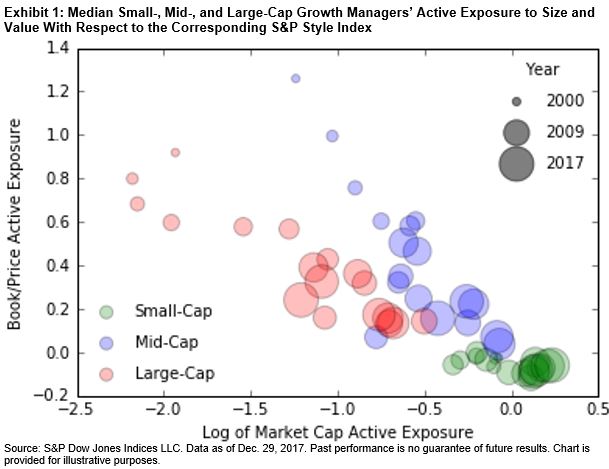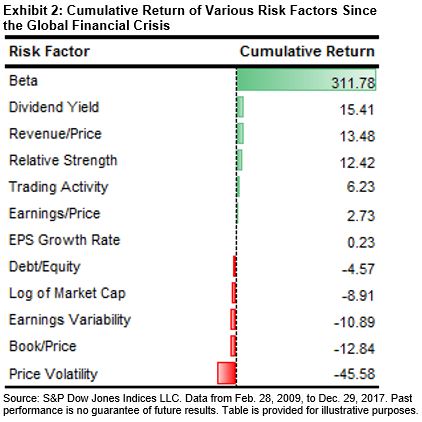Recently, S&P Dow Jones Indices published an analysis on the use of exchange-traded funds (ETFs) by U.S. insurance companies in their general accounts. This blog post provides additional details on the investments in Bond ETFs by insurance companies.
The original analysis noted that of the USD 27.2 billion insurance companies invested in ETFs, companies invested USD 7.9 billion in Bond ETFs. Insurance companies in every state—except Alaska, Delaware, Maine, and North Dakota—invested in Bond ETFs. However, companies in five states—Massachusetts, Indiana, Illinois, California, and Texas—accounted for 66% of the Bond ETF investments (see Exhibit 1).

As the paper noted, of the assets invested in Bond ETFs, companies chose to use the Systematic Valuation (SV) designation for 37%, or USD 2.9 billion, of the ETFs. SV is a “bond” like accounting treatment that has the potential to reduce volatility in statutory financials. Companies in 17 states accounted for all of the investments designated as SV. The top five states —Indiana, Massachusetts, Alabama, Connecticut, and Illinois— accounted for 86% of the SV investments (see Exhibit 2).
The overall U.S. use of the SV designation was 37%; however, of the Bond ETF investments in these 17 states, 49% had the SV designation. Exhibit 2 shows the distribution of Bond ETF investments in each state that used the SV designation.

Insurance companies decisively selected whether or not to use the SV designation. If they chose to use SV, they tended to use it for all their Bond ETFs. The companies that used SV designated on average 99.1% of their Bond ETF holdings as SV. Indeed, most of the companies designated 100% their Bond ETF holdings as SV.
The companies that used the SV designation also invested more heavily in ETFs.


















